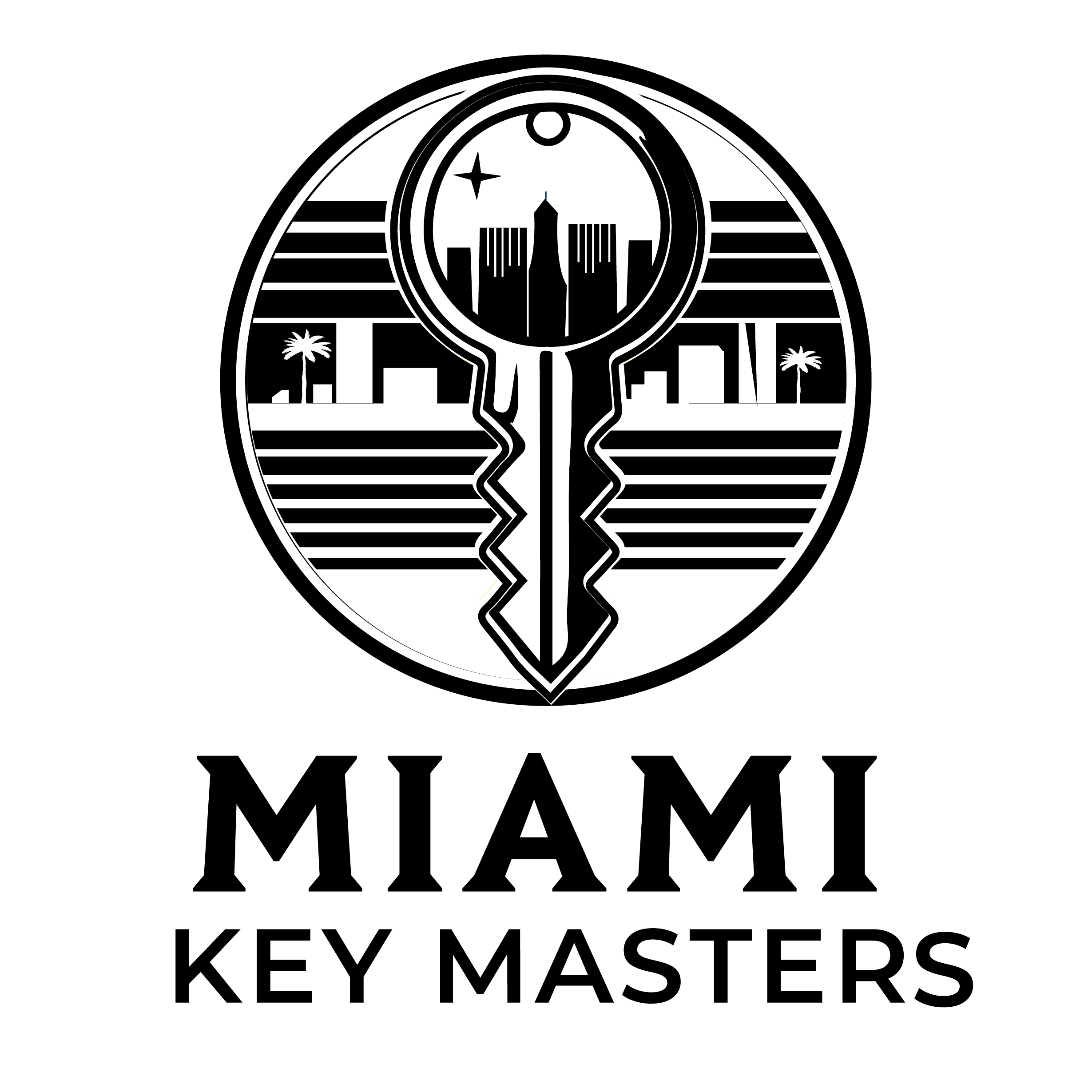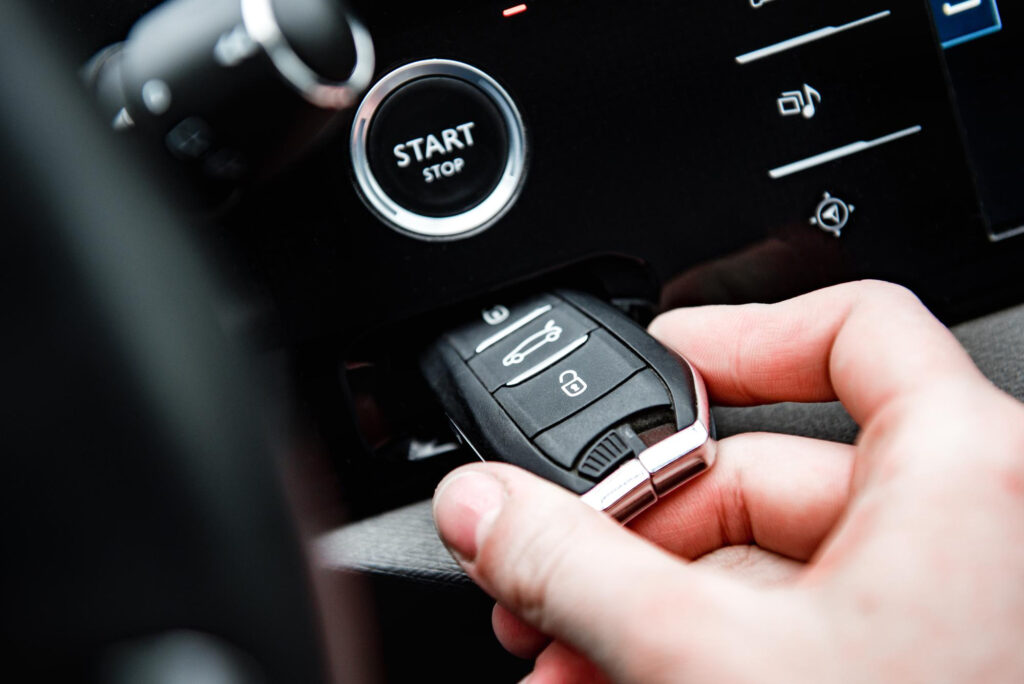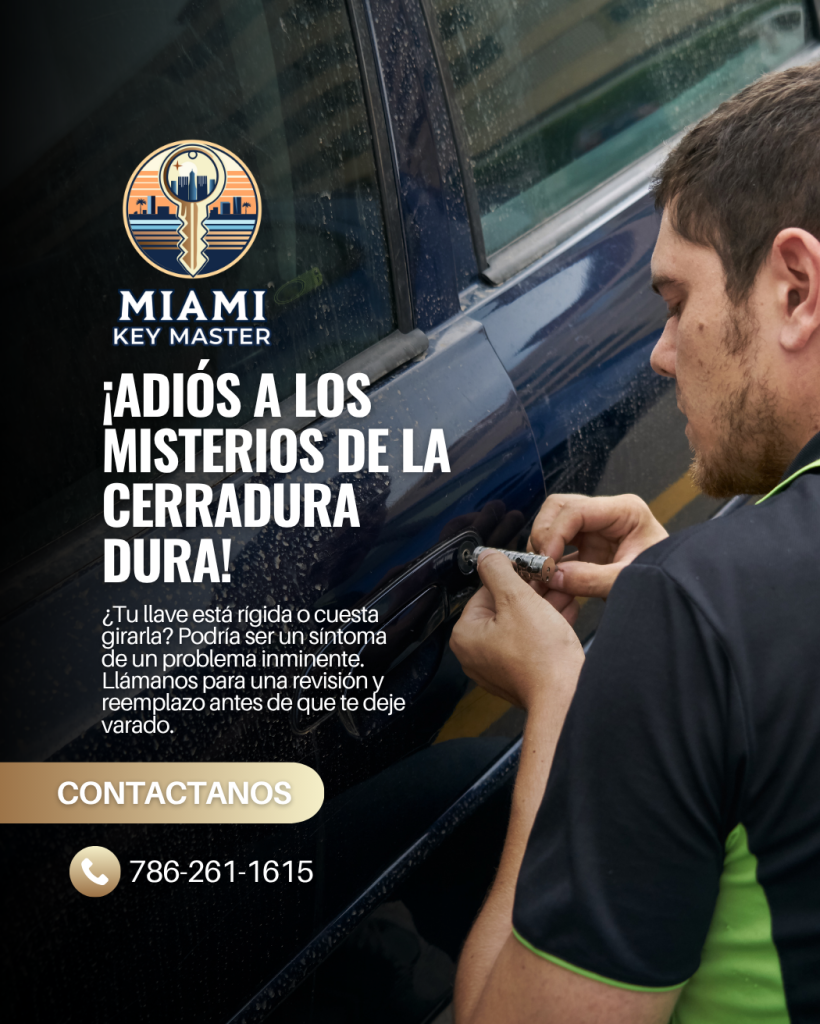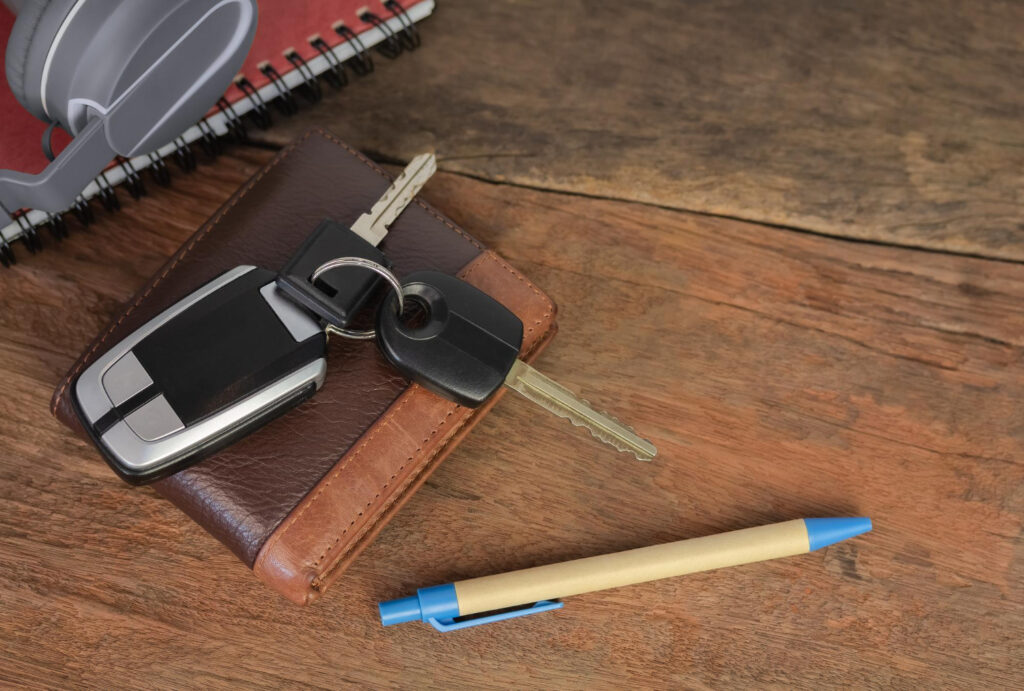Modern ignition keys are more than metal—they carry transponders that must sync with the engine’s immobilizer. Programming a fresh chip once meant hauling your car to a dealership. Today, mobile locksmiths deliver that service right to the curb.
Step-by-Step Breakdown
- Ownership Verification
Technicians review your driver’s license and registration to ensure the request is legitimate. - Diagnostic Hook-Up
A tablet loaded with OEM software plugs into the OBD II port beneath the dashboard. This connection accesses the immobilizer module and retrieves the PIN when needed. - Chip Pairing
A new transponder is inserted into a key blank. The software writes a unique authorization code into both the chip and the ECU memory, creating a matched pair. - Blade Cutting
Computerized mills reproduce your original key profile or decode it from the lock if no key exists. Precision ensures smooth turning and minimal cylinder wear. - Functional Testing
The technician starts the engine, confirms the security light extinguishes, and checks remote buttons if present. - Security Cleanup
Any lost keys are deleted from memory, preventing unauthorized starts.
Time and Cost Advantages
The full process usually takes 20–30 minutes—less than the dealership’s drop-off paperwork alone. You avoid towing fees and inflated service-bay rates.
Beyond Traditional Chips
Many push-to-start proximity systems follow the same logic but with encrypted rolling codes. Updated locksmith tablets handle those protocols too, adding new fobs or disabling lost ones on the spot.
Next time your key refuses to crank the engine, remember that the solution can come to you instead of the other way around.
#TransponderKey #KeyProgramming #Immobilizer #MobileLocksmith #OBDII #VehicleSecurity #CarTech #SouthFlorida #AutoService #RoadsideAssistance



